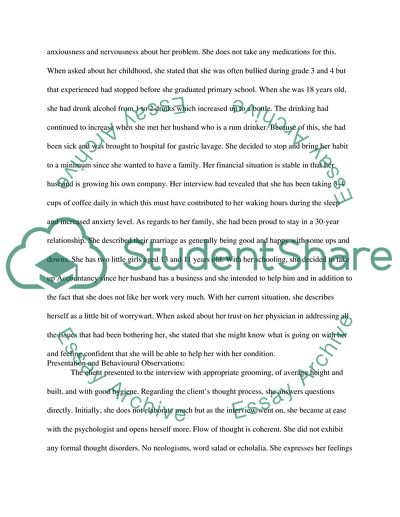Cite this document
(“Assessment of Behaviour Essay Example | Topics and Well Written Essays - 4500 words”, n.d.)
Retrieved from https://studentshare.org/psychology/1416823-assessment-of-behaviour
Retrieved from https://studentshare.org/psychology/1416823-assessment-of-behaviour
(Assessment of Behaviour Essay Example | Topics and Well Written Essays - 4500 Words)
https://studentshare.org/psychology/1416823-assessment-of-behaviour.
https://studentshare.org/psychology/1416823-assessment-of-behaviour.
“Assessment of Behaviour Essay Example | Topics and Well Written Essays - 4500 Words”, n.d. https://studentshare.org/psychology/1416823-assessment-of-behaviour.


